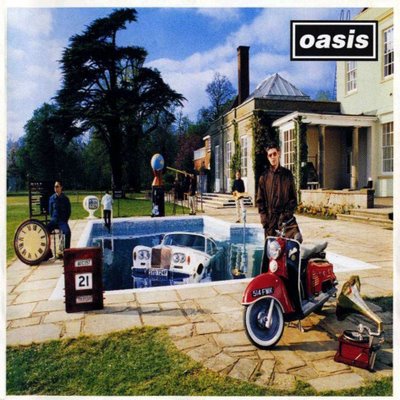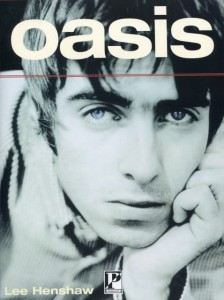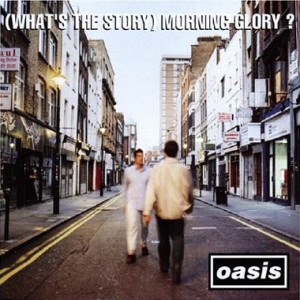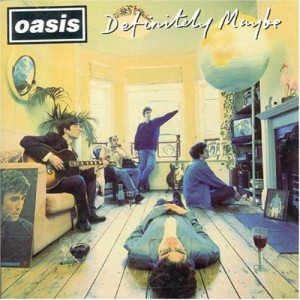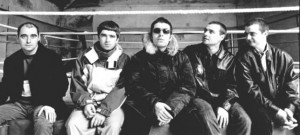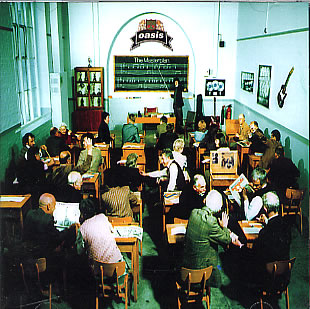
The Masterplan (1998) Collected B-sides That Rivalled And Often Surpassed Album Tracks And (In Some Cases Like "Acquiesce") Even Their Respective A-sides.
Funny enough, from having given up on Oasis a long time ago to the point I gave away most of their albums I have reached a point in which I reviewed all of their discs in two weeks. That was not deliberate or anything. Rather, it was a sort of rediscovery and a way of burying the hatchet with a band that was always there when I needed it. Maybe this reapproach was motivated by having listened to a lot of bands from Manchester recently (with The Stone Roses and Joy Division topping the list). I am not certain, but I am glad it happened. And now, I am reviewing the final album by them I haven’t reviewed up to this point: “The Masterplan”.
Chronologically, the album followed “Be Here Now”, and it was released when the band had announced they were to take a three-year break. A compilation of b-sides, it was only going to be issued in countries where you couldn’t buy the singles, but in the end it was released worldwide.
Now, the key to understanding why the album is so masterful is keeping in mind that Noel had stockpiled a large body of work, and that some of those songs were even better than albums tracks which did make the final cuts. It is easy to criticize the inclusion of about half the songs on “(What’s The Story) Morning Glory?” knowing that cuts like “Rocking Chair” and “Half The World Away” were available then, not to mention “Round Are Way” and “The Masterplan”. And I haven’t even mentioned “Acquiesce” yet, the defining song about the sibling rivalry between the two brothers in which they alternate vocals until singing together “because we need each other/we believe in one another/and I know we are going to uncover/what’s sleeping in our soul”. Continue reading

